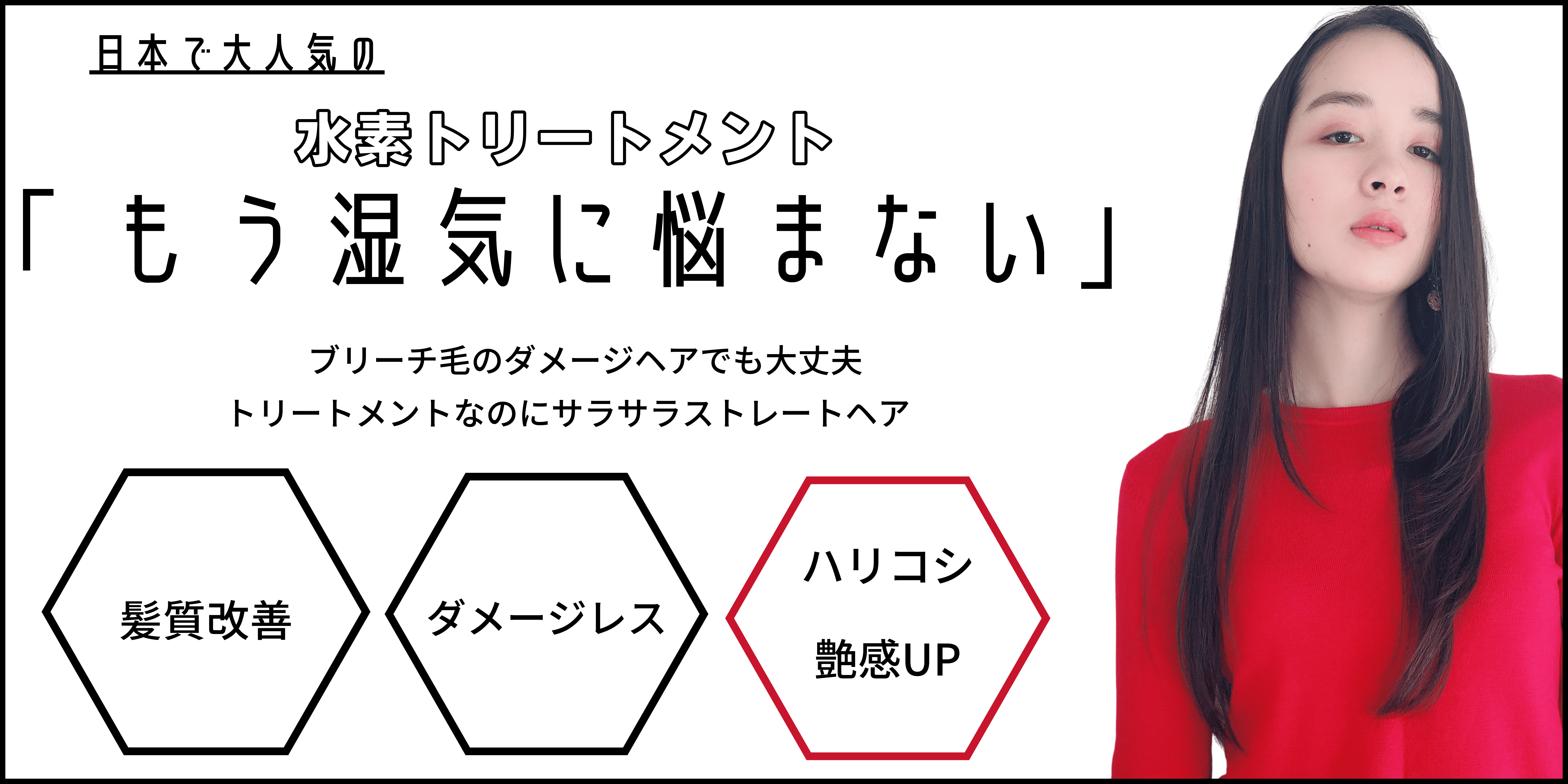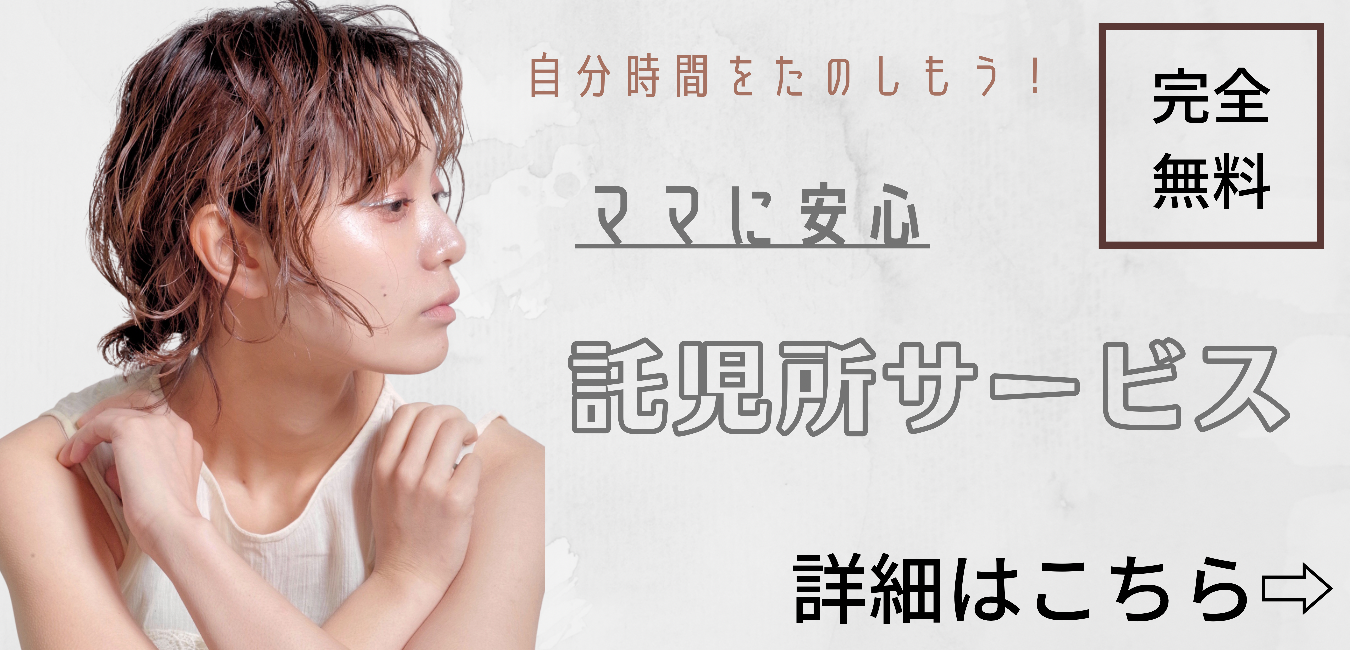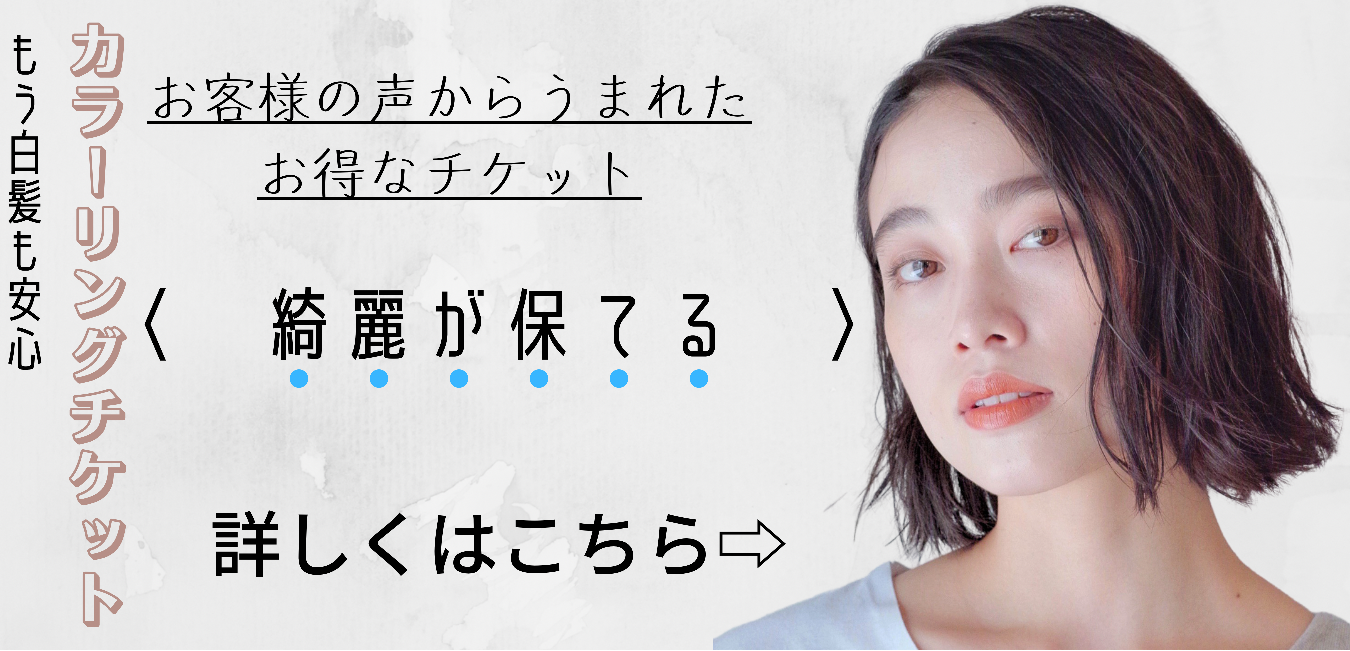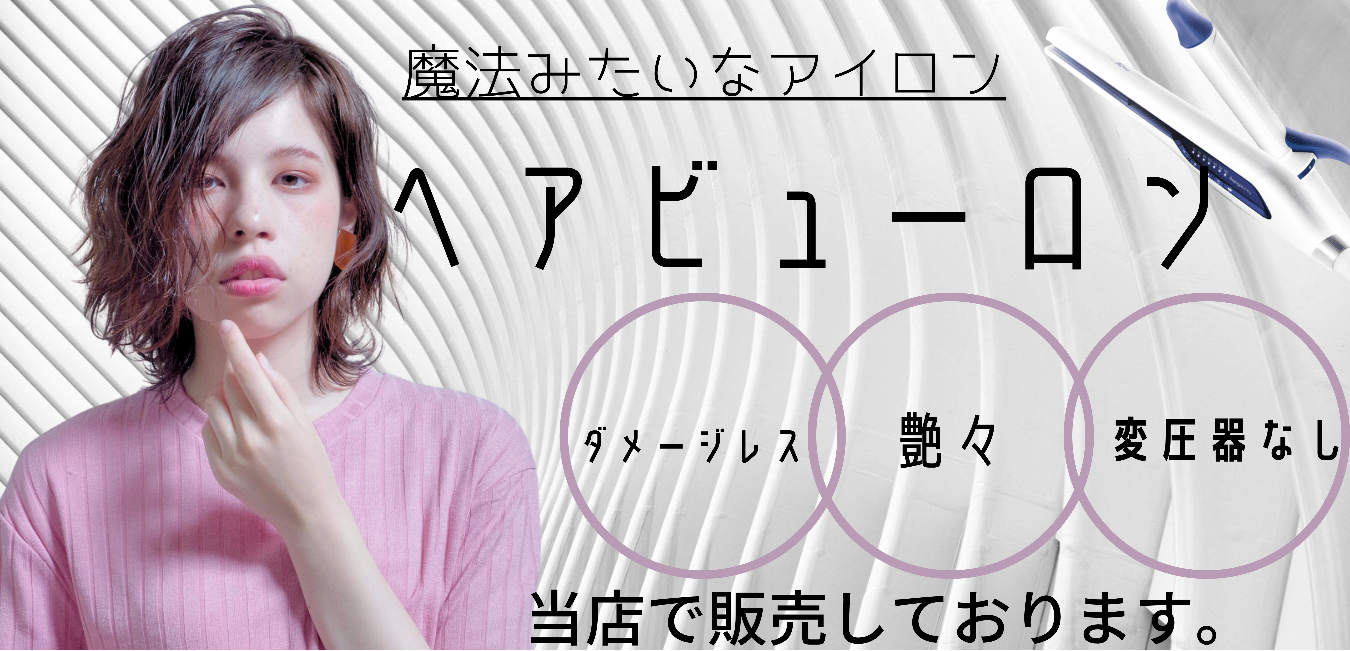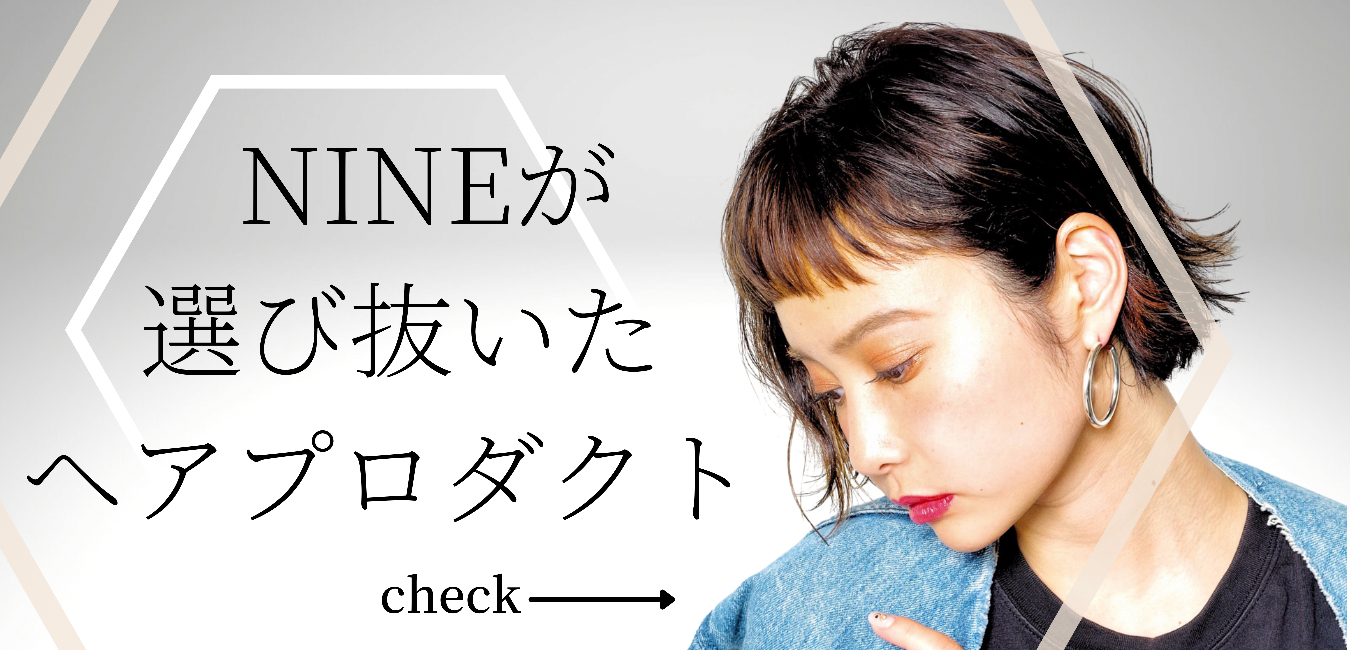
Hair loss has been increasing among young women in recent years. According to one theory, about 30% of women in their 20s have experienced thinning hair. Did you know that one of the causes of hair loss that plagues many women is oily skin?
This section introduces the mechanism of hair loss caused by oily skin, how to take care of it, and countermeasures.
Why does oily skin cause hair loss?
Originally, the cause of hair loss in women was said to be hormonal imbalance caused by stress. When the hormonal balance is disturbed by stress and high levels of testosterone, a type of male hormone, are secreted, the skin becomes oily and prone to sebum production.
If the pores of the scalp secrete excessive amounts of sebum, the waste products and sebum mix and clog the pores, causing hair loss. Of course, such oily skin is directly linked not only to hair loss but also to acne and other skin problems.
There are many possible causes of hair loss in women, but if you have oily skin or acne-prone skin, the first step in preventing hair loss is to take care of your oily skin.
Improvement of oily skin starts with a review of your lifestyle.
To improve oily skin, first try to live a stress-free life. Stress is an inevitable part of social life. Therefore, it is important to release stress effectively.
You can go to an esthetic salon regularly, play sports, or take a relaxing bath or aromatherapy session. Find a stress release method that suits you.
It is also important to lead a regular life. Get a good night’s sleep and be careful not to carry over tiredness to the next day. It is also important to eat a well-balanced diet, avoiding junk food and oily foods, and including more vegetables and legumes in your diet.
Use a shampoo that removes sebum properly.
To unclog pores, shampoo selection is also important. We recommend non-silicone shampoos, which have been attracting particular attention recently. Silicones in shampoos work to add shine to the surface of the hair and improve its texture.
Since silicone is widely used in cosmetics and other products, it is not generally considered to be bad for the skin. However, if you are concerned about oily skin, it is possible that this silicone is clogging your pores, causing sticky scalp and hair loss. We recommend that you try a non-silicone shampoo.
Shampoo method for oily skin
Just because you are concerned about clogged pores does not mean you should scrub your scalp. Here are some correct shampooing methods for oily skin that is concerned about sticky scalp and hair loss.
- Before shampooing, thoroughly apply a lot of hot water to the scalp.
If you wet your hair and skin beforehand, the shampoo will lather much better. - Lather shampoo thoroughly.
Do not apply too much shampoo. Take an appropriate amount of shampoo in your hand and apply it to your hair after lathering it up. - Gently rub the hair with your fingers, avoiding fingernail clippings.
Wash in a zigzag motion from the collar to the top of the head, from the bottom to the top. Be careful not to exert excessive force. - Rinse carefully.
The most important part of shampooing for oily skin is the final rinse. If dirt and shampoo remain in the pores, the meaning of washing hair will be reduced by half. Take your time and rinse carefully. - Dry your hair with a hair dryer.
Natural drying can breed bacteria on the scalp and easily clog pores. Use a hair dryer to dry your hair quickly.
Prevention of oily skin hair loss is based on both lifestyle improvement and hair care.
Because the cause is clear, oily skin hair loss is relatively easy to counteract. By trying to lead a stress-free life and practicing proper hair care, you may be able to dramatically improve your hair loss.
Also, even if you are not so concerned about hair loss now, if you have noticed sticky scalp or skin, try to take measures to prevent hair loss as soon as possible. Small efforts may help protect healthy hair and scalp decades from now.






